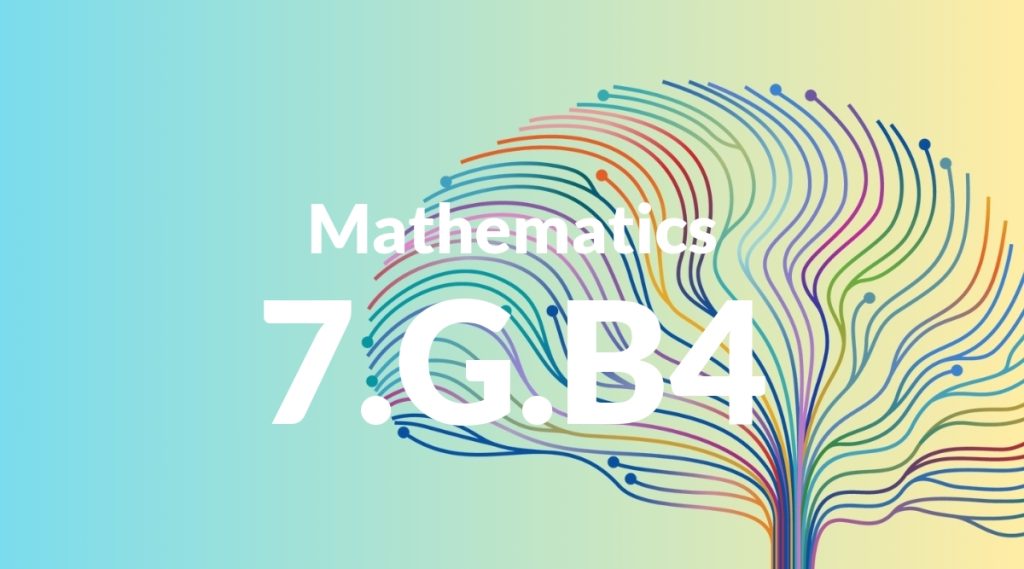Standard: 7.G.B4 – Know the formulas for the area and circumference of a circle and use them to solve problems; give an informal derivation of the relationship between the circumference and area of a circle.
Grade level: Grade 7
Subject: Mathematics
Domain: Geometry
Teacher Overview
This standard focuses on understanding and applying the formulas for the area and circumference of a circle. It is crucial as it lays the foundation for more advanced geometric concepts and problem-solving skills. Mastery of this standard will enable students to tackle real-world problems involving circular shapes and prepare them for future mathematical challenges. Students should have a basic understanding of geometric shapes, particularly circles, and familiarity with the concepts of radius, diameter, and pi (π). They should also be comfortable with basic algebraic operations and solving simple equations.
After mastering this standard, students will be able to apply their understanding of circle area and circumference to more complex geometric problems, including those involving composite shapes and three-dimensional figures. They will also be better prepared for high school geometry, where they will encounter more advanced topics such as trigonometry and the properties of different types of polygons.
Common Misconception 1
A common misconception is that students may confuse the formulas for area and circumference. This often happens because both formulas involve pi (π), which can be confusing for learners. The area formula (πr²) calculates the space inside the circle, while the circumference formula (2πr) calculates the distance around the circle.
Intervention 1
To remediate this, use visual aids and hands-on activities to reinforce the differences between the two formulas. Practice problems that clearly distinguish between calculating area and circumference can also help solidify understanding. For instance, use string to measure the circumference and colored paper to represent the area.
Common Misconception 2
Another common misconception is that students might think that the diameter is the same as the radius. This confusion can lead to incorrect calculations and misunderstandings in solving problems.
Intervention 2
To address this, reinforce the definitions of radius and diameter through interactive activities, such as measuring circles and labeling parts. Use diagrams to visually differentiate between the two, and practice problems that require students to identify and use both the radius and diameter correctly.
Prerequisite Knowledge
Students should have a basic understanding of geometric shapes, particularly circles, and familiarity with the concepts of radius, diameter, and pi (π). They should also be comfortable with basic algebraic operations and solving simple equations.
Subsequent Knowledge
After mastering this standard, students will be able to apply their understanding of circle area and circumference to more complex geometric problems, including those involving composite shapes and three-dimensional figures. They will also be better prepared for high school geometry, where they will encounter more advanced topics such as trigonometry and the properties of different types of polygons.
Instructional Activities
- Use string and markers to measure and draw circles, then calculate their circumference and area.
- Create a classroom activity where students measure circular objects and solve for area and circumference.
- Interactive online simulations that allow students to manipulate the radius and diameter of circles and observe changes in area and circumference.
- Group projects where students design a circular park or garden, calculating the required materials using the formulas.
- Worksheets with a mix of problems requiring calculations of both area and circumference.




